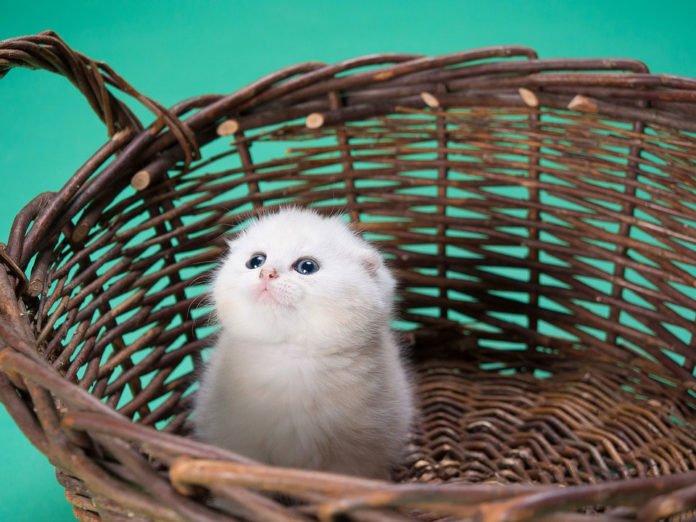Have you ever been shown a photo of an adorable baby, a brand new puppy or really cute kitten and your first reaction is to want to squeeze it? You may have noticed that you even had a physical reaction such as clenched fists.
Knowing its normal, this emotion is known as cute aggression and scientists think, there are a couple of reasons behind it.
In a new study by the University of California, Riverside, a scientist named Katherine Stavropoulos, has figured out how and why this cute aggression generates.
For the study, she used electrophysiology technique to quantify surface-level electrical activity that arises from neurons firing in people’s brains. Analyzing the activity, she was able to gauges neural responses to a range of external stimuli.
Stavropoulos said, “I heard the term “cute aggression” after a team of Yale University psychologists released research related to the phenomenon in 2015.”
“The Yale researchers initially found that people reported feeling cute aggression more in response to baby animals versus adult animals. But even beyond that, people reported feeling cute aggression more in response to picture of human babies that had been digitally enhanced to appear more infantile, and therefore ‘more cute,’ by enlarging features like their eyes, cheeks, and foreheads.”
Stavropoulos hypothesized that the brains of people who reported experiencing cute aggression would, in fact, provide evidence of detectable activity. She suggested the activity might be related to the brain’s reward system, which deals with motivation, feelings of “wanting,” and pleasure, or to its emotion system, which handles emotional processing — or, more likely, to both.
Stavropoulos along with UCR doctoral student Laura Alba recruited 54 study participants between the ages of 18 and 40, all of whom agreed to wear caps outfitted with electrodes. While wearing the caps, participants looked at four blocks of 32 photographs divided into categories:
- Cute (enhanced) babies
- Less cute (non-enhanced) babies
- Cute (baby) animals
- Less cute (adult) animals
After viewing each block on a computer screen, participants were then shown a set of statements and asked to rate how much they agreed with them on a scale of 1 to 10.
The survey was designed to assess how cute participants found each block of photographs — known as “appraisal” — and how much cute aggression they were experiencing in response.
Participants also rated how overwhelmed they felt after viewing the photos and whether they felt compelled to take care of what they had just viewed.
Participants also rated how overwhelmed they felt after viewing the photos (“I can’t handle it!” and “I can’t stand it!”) and whether they felt compelled to take care of what they had just viewed (“I want to hold it!” and “I want to protect it!”).
Overall, participants self-reported more significant feelings of cute aggression, being overwhelmed, appraisal, and caretaking toward cute (baby) animals than toward less cute (adult) animals. Among the two categories of babies — cute (enhanced) and less cute (non-enhanced) — the researchers did not observe the same pattern.
Based on the neural activity she observed in participants who experienced cute aggression, Stavropoulos’s findings offer direct evidence of both the brain’s reward system and emotion system being involved in the phenomenon.
Stavropoulos said, “There was an especially strong correlation between ratings of cute aggression experienced toward cute animals and the reward response in the brain toward cute animals. This is an exciting finding, as it confirms our original hypothesis that the reward system is involved in people’s experiences of cute aggression.”
The study is published this week in the journal Frontiers in Behavioral Neuroscience.
